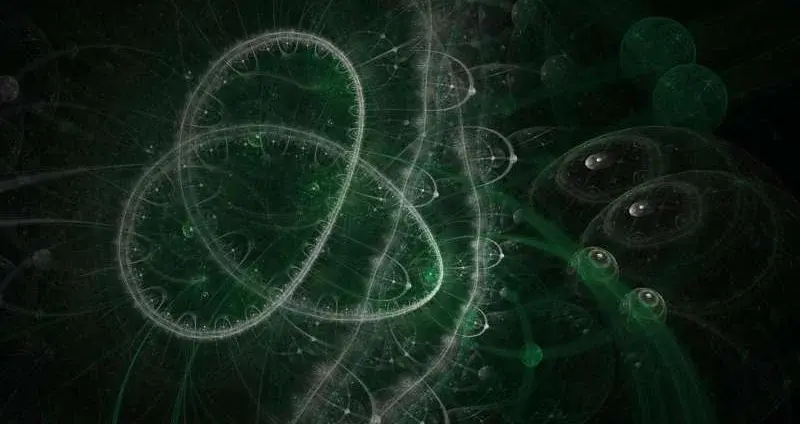Bartosz Regula from the RIKEN Center for Quantum Computing and Ludovico Lamy from the University of Amsterdam have shown through probabilistic calculations that, as predicted, there is indeed an entropy rule for the phenomenon of quantum entanglement. This discovery could help better understand quantum entanglement, an important source underlying the power of future quantum computers. Although it has been the focus of research in quantum information science for decades, little is currently understood about the optimal ways to use it efficiently.
The second law of thermodynamics, which states that a system can never transition to a lower state of entropy or order, is one of the most fundamental laws of nature and lies at the heart of physics. This is what creates the “arrow of time” and informs us of the surprising fact that the dynamics of general physical systems, even extremely complex systems such as gases or black holes, are encompassed by a single function, its entropy.
But there is a complication. It is known that the entropy principle is valid for all classical systems, but today we are exploring the quantum world more and more.
We are currently experiencing a quantum revolution, and understanding how we can extract and transform expensive and fragile quantum resources becomes critical. Quantum entanglement is very important, offering significant advantages especially in communications, computing and cryptography, but due to its extremely complex structure it is often much more difficult to manipulate it effectively or even understand its fundamental properties than in the case of thermodynamics. .
The difficulty here is that such a “second law” of quantum entanglement requires us to show that entanglement transformations can be made reversible, just as work and heat can be converted into each other in thermodynamics.
It is known that reversibility of entanglement is much more difficult to establish than the reversibility of thermodynamic transformations, and all previous attempts to establish any theory of reversible entanglement have failed. It was even suspected that this confusion might actually be irreversible, making the search impossible.
In his new published work Nature Communication, the authors address this long-standing assumption by using probabilistic entanglement transformations, which are guaranteed to succeed only some of the time, but instead provide increased power in transforming quantum systems. .
Under such processes, the authors show that it is indeed possible to create a reversible framework for entanglement manipulation, thereby defining settings in which a unique entanglement entropy arises and all entanglement transformations are governed by a single quantity. The methods they use can be applied more broadly and exhibit similar reversibility properties for more general quantum sources.
According to Regula, “Our findings mark a significant advance in understanding the fundamental properties of entanglement, in identifying the fundamental connections between entanglement and thermodynamics, and, importantly, in greatly simplifying the understanding of entanglement transformation processes.”
“Not only will this have immediate and direct applications in the foundations of quantum theory, but it will also help us understand the ultimate limits of our ability to effectively manipulate entanglement in practice.”
Looking to the future, he continues: “Our work provides the first evidence that reversibility is an achievable phenomenon in entanglement theory. However, even stronger forms of reversibility have been proposed, and in particular, without having to rely on probabilistic transformations, entanglement can be reversed even under weaker assumptions than we made in our study.” It is hoped that it can be made translatable.
“The problem is that answering these questions seems much more difficult and requires the solution of mathematical and information-theoretic problems that have so far eluded any attempt at a solution. Therefore, understanding the requirements for full reversibility remains a fascinating open problem.”
Source: Port Altele
